Phone:
(701)814-6992
Physical address:
6296 Donnelly Plaza
Ratkeville, Bahamas.
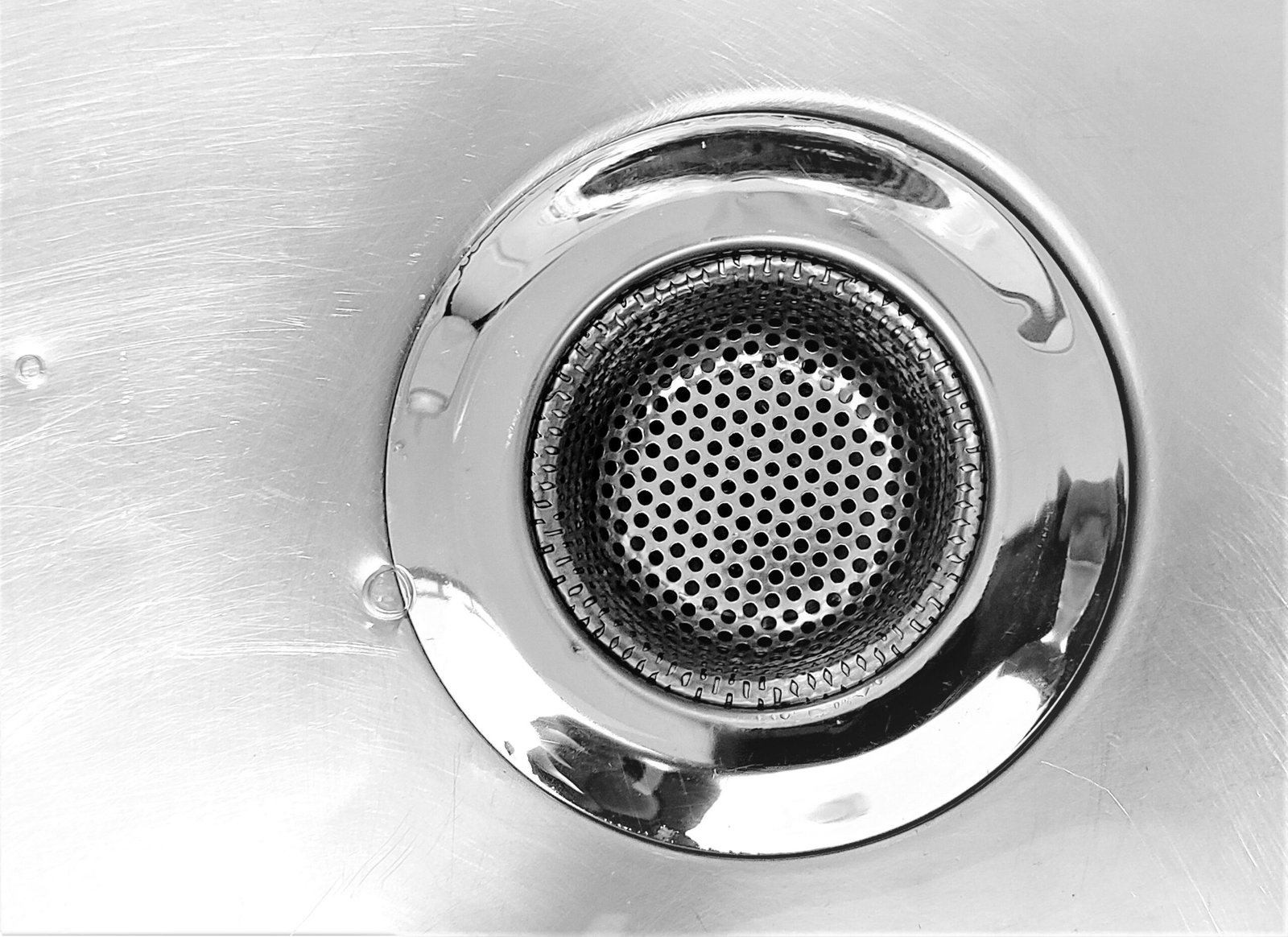
Plumbing issues are common in homeownership, ranging from minor annoyances to significant disruptions. These problems can affect daily living and lead to substantial financial burdens if not promptly addressed.
This blog post identifies the top 10 most common plumbing problems and offers practical solutions. By understanding these issues, homeowners can handle them efficiently, saving time, and money, and reducing stress.
Whether it’s a dripping faucet, a running toilet, or a burst pipe, knowing how to tackle these problems can enhance your home’s plumbing system’s longevity and performance. With the right knowledge and tools, many issues can be addressed without professional help.
However, recognizing when to call a professional plumber is crucial to avoid worsening the problem.
This guide provides the necessary information to diagnose and resolve frequent plumbing problems. From understanding root causes to implementing effective fixes, this post is a valuable resource for homeowners.
By taking proactive measures and applying the provided solutions, you can minimize the impact of plumbing issues and maintain a well-functioning home.
Dripping faucets is a common household issue that can lead to substantial water wastage if left unaddressed. The incessant drip-drip sound may be more than just an annoyance; it can also result in higher water bills and unnecessary water consumption.
Understanding the common causes of dripping faucets is the first step toward effective repair.
One of the most frequent reasons behind a dripping faucet is a worn-out washer. Over time, the constant friction between the washer and the valve seat can cause the washer to deteriorate.
To replace a damaged washer, start by turning off the water supply to the faucet. Remove the faucet handle and unscrew the packing nut. From there, you can take out the old washer and replace it with a new one of the same size.
Another common culprit is a faulty O-ring, especially in cartridge faucets. The O-ring is a small rubber ring that plays a crucial role in maintaining a watertight seal.
Similar to replacing a washer, you will need to turn off the water supply and disassemble the faucet to access the O-ring. Once exposed, remove the worn O-ring and replace it with a new one.
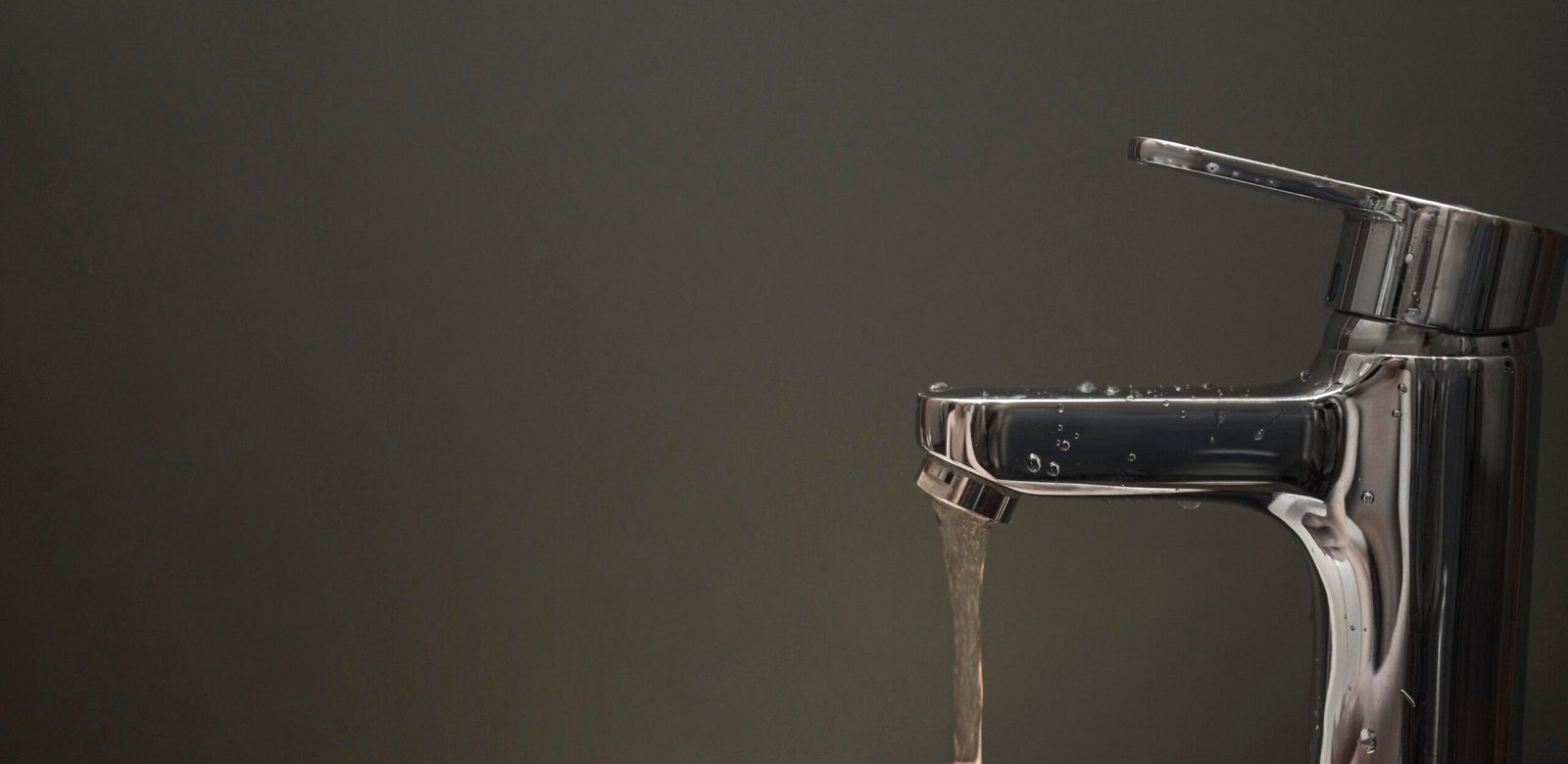
A slow-draining sink is a prevalent plumbing issue that many homeowners encounter. This problem is typically caused by an accumulation of debris such as hair, soap scum, or food particles, which gradually obstruct the flow of water.
Diagnosing the cause of a slow drain is the first step toward resolving it effectively.
To begin, observe whether the slow drainage affects only one sink or multiple fixtures. If it’s localized to one sink, the blockage is likely near the surface and easier to address. For initial attempts, a plunger can be a simple yet effective tool.
Ensure there is enough water in the sink to cover the plunger’s base, then create a tight seal over the drain before plunging vigorously. This action can dislodge minor obstructions and restore normal drainage.
For more stubborn clogs, a drain snake or auger might be necessary. Insert the snake into the drain and rotate it to break up or retrieve the debris causing the blockage. This method is particularly useful for deeper clogs that are out of a plunger’s reach.
Another alternative is to use chemical drain cleaners. These products can dissolve organic matter clogging the pipes, but they should be used sparingly to avoid potential damage to the plumbing system.
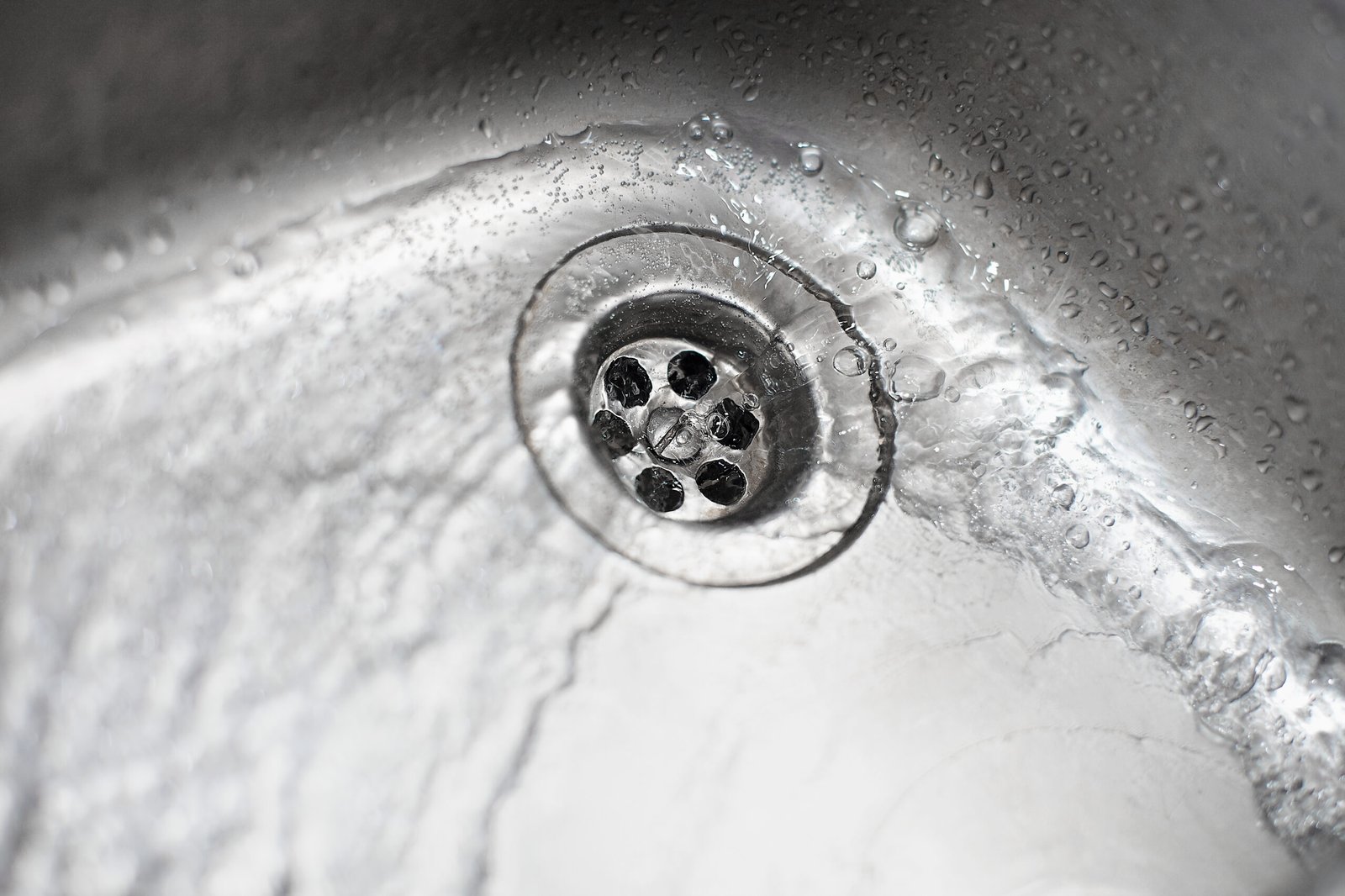
One of the most frequent plumbing issues homeowners face is a clogged bath or shower drain. This problem typically arises from a buildup of hair, soap scum, and other debris that gradually restricts water flow.
Fortunately, there are several effective methods to tackle this inconvenience.
Firstly, using a plunger can often dislodge the obstruction. Ensure the plunger is securely positioned over the drain and create a strong seal.
After adding some water to the tub or shower, plunge vigorously for about a minute. This action can generate enough pressure to push the clog through the pipes.
If a plunger doesn’t suffice, a drain snake can be a more potent tool.
Insert the snake into the drain and rotate the handle to break up the blockage.
The snake’s coil will catch the debris, allowing you to pull it out. This method is particularly effective for deeper or more stubborn clogs.
For a non-mechanical approach, a mixture of baking soda and vinegar can be highly effective.
Pour half a cup of baking soda down the drain, followed by half a cup of vinegar.
The chemical reaction will help dissolve the buildup. Allow the mixture to sit for about 15 minutes before flushing the drain with hot water.
A clogged toilet is one of the most common plumbing problems homeowners face.
This issue, often resulting from flushing inappropriate items, can cause significant inconvenience.
Fortunately, several tools and techniques can effectively address this problem.
One of the most straightforward methods is using a plunger. A plunger creates suction and pressure that can dislodge the blockage.
For effective use, ensure the plunger is fully submerged in water and positioned to cover the toilet drain completely. Vigorous and consistent plunging usually resolves minor clogs.
If a plunger proves ineffective, a toilet auger, also known as a plumbing snake, can be a valuable tool.
The auger is designed to reach deeper into the toilet drain, breaking up or retrieving the obstruction.
To use a toilet auger, insert the flexible end into the drain and turn the handle clockwise. This action helps to navigate the auger through the plumbing and clear the blockage.
Applying steady pressure and patience is crucial, as forcing the tool can damage the toilet.
For those preferring a chemical-free approach, enzymatic cleaners offer an alternative solution.
These cleaners use natural enzymes to break down organic material causing the clog. Simply follow the product instructions, typically involving pouring the cleaner into the toilet and allowing it to sit for a specified period.
This method is not only effective but also environmentally friendly.
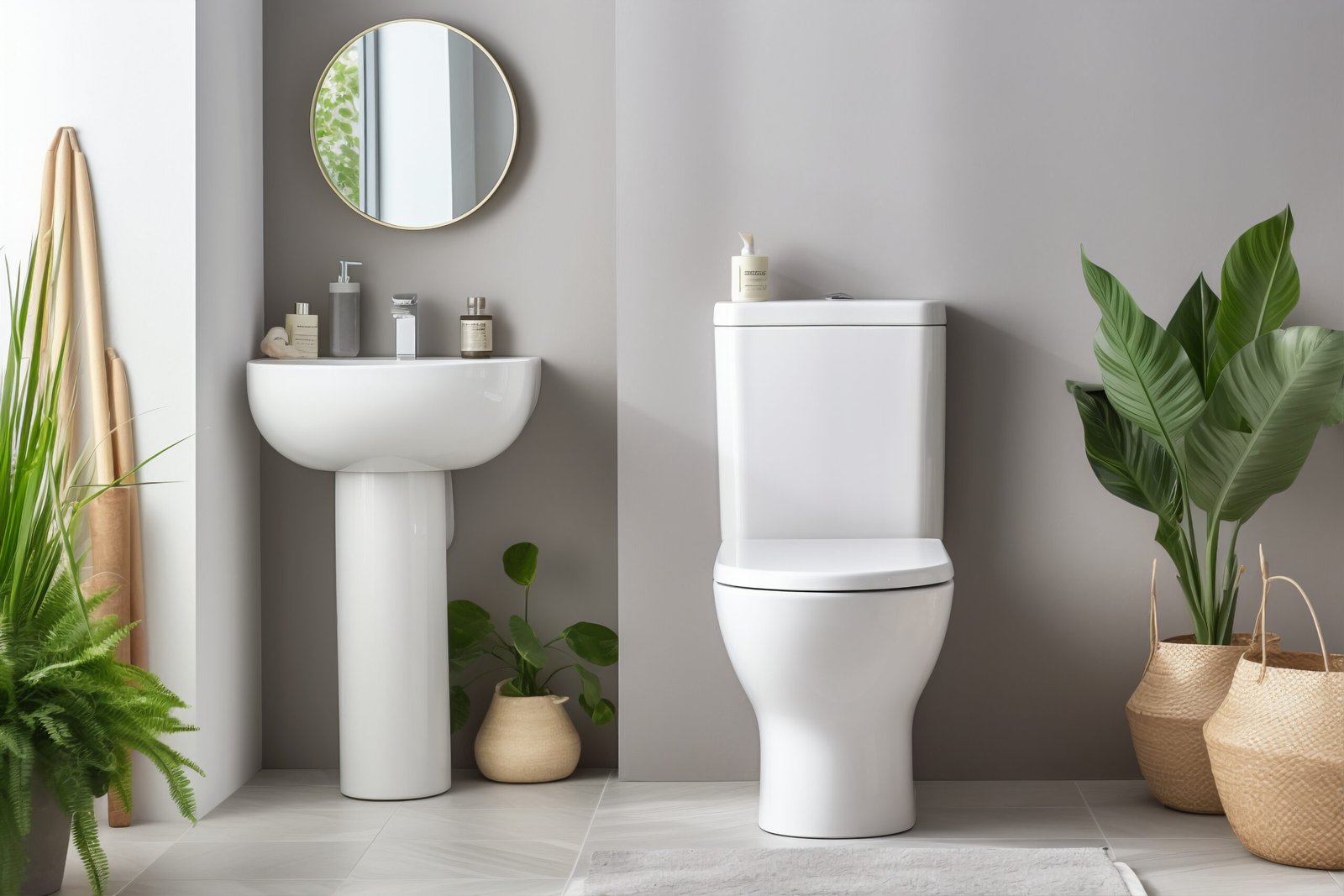
A running toilet is not only an annoyance but also a significant contributor to water waste, which can lead to increased utility bills.
The typical culprits behind this issue include a faulty flapper and problems with the fill valve.
Understanding these components’ roles and how to address their malfunctions can help you resolve the problem efficiently.
The flapper, a rubber seal at the bottom of the toilet tank, is designed to lift and allow water to flow from the tank into the bowl when you flush.
Over time, the flapper can become worn or warped, preventing it from creating a proper seal.
To check if the flapper is the issue, remove the tank lid and observe if the flapper closes completely after flushing. If it doesn’t, you might need to replace it.
Flappers are relatively inexpensive and can be found at most hardware stores. To replace the flapper, drain the tank, remove the old flapper, and attach the new one according to the manufacturer’s instructions.
Water heaters are essential for providing hot water in homes but can experience various issues that disrupt their functionality.
Common problems include insufficient hot water, strange noises, and leaks.
Addressing these issues promptly can prevent more significant complications and prolong the life of the unit.
One prevalent issue is insufficient hot water. This can often be resolved by checking the thermostat settings.
Ensure that the thermostat is set to the appropriate temperature, typically between 120 and 140 degrees Fahrenheit.
If the settings are correct but the water is still not hot enough, it may indicate a faulty heating element or a buildup of sediment in the tank.
Flushing the tank can remove sediment and improve heating efficiency.
To flush the tank, turn off the power supply, connect a hose to the drain valve, and allow the tank to empty before refilling it with clean water.
Strange noises, such as popping or rumbling sounds, are another common issue with water heaters. These noises are often caused by sediment buildup at the bottom of the tank.
The sediment traps water beneath it, causing it to overheat and produce steam bubbles that create noise.
Flushing the tank, as previously described, can eliminate these sounds and improve the unit’s performance.
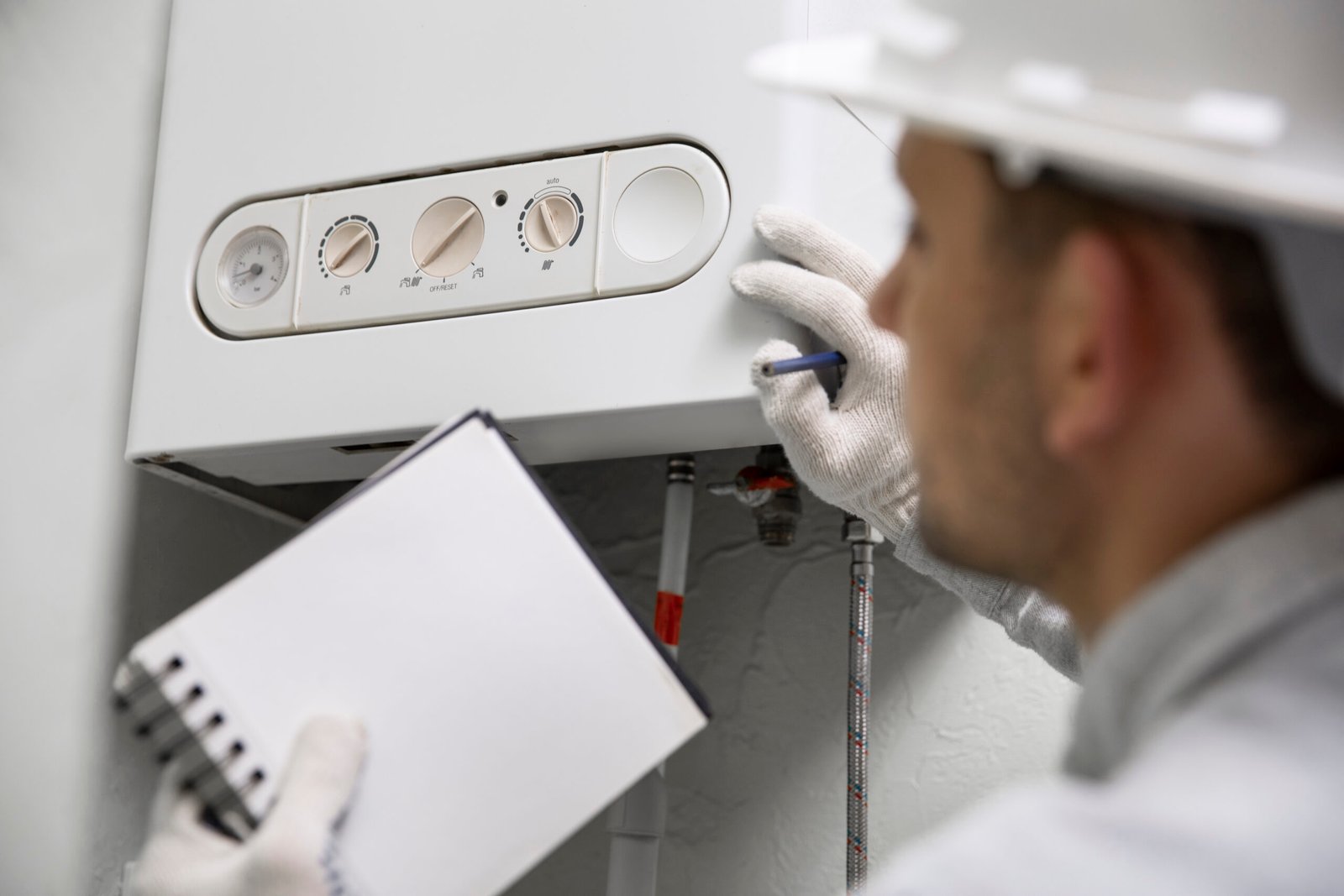
Low water pressure in your home can be a frustrating issue, often stemming from a range of causes. Understanding and diagnosing the underlying problem is crucial for implementing an effective solution.
One common cause of low water pressure is mineral buildup within pipes. Over time, minerals like calcium can accumulate and restrict water flow. To address this, consider cleaning the aerators on your faucets.
Aerators can often become clogged with debris, and a simple cleaning can restore normal water pressure.
Another potential culprit is leaks in your plumbing system. Even small leaks can significantly affect water pressure.
To check for leaks, examine all visible pipes for any signs of moisture or dripping. If you suspect a hidden leak, it might be worthwhile to contact a professional plumber for a thorough inspection.
Moreover, issues with the municipal water supply can also lead to low water pressure.
If you notice a sudden drop in water pressure affecting multiple faucets, it could be due to maintenance work or a problem with the city’s water system.
In such cases, contacting your local water supplier can provide clarity and potentially expedite a resolution.
A jammed garbage disposal can quickly turn into a kitchen nightmare, disrupting daily routines and causing unnecessary stress.
Fortunately, unjamming a garbage disposal is a manageable task if approached correctly.
Safety is paramount, so always ensure the disposal unit is turned off and unplugged before attempting any repairs. The first tool to turn to is an Allen wrench or a disposal wrench, both of which are designed to fit into the hex-shaped hole located on the underside of the disposal unit.
By inserting the wrench and turning it back and forth, you can manually rotate the blades and dislodge any trapped debris.
Once the jam is cleared, it’s essential to understand what not to put down the disposal to prevent future issues.
Avoid fibrous materials like celery, corn husks, and onion skins, as they can wrap around the blades and cause clogs.
Grease, oil, and fat should also be avoided, as they can solidify and create blockages.
Hard objects such as bones, pits, and shells can damage the blades and motor, leading to more severe problems.
Regular maintenance is key to keeping your garbage disposal in optimal condition.
Run the unit with cold water for 15-30 seconds before and after grinding food waste to ensure all debris is flushed through the system.
Periodically, grind ice cubes to clean the blades, and use a mixture of baking soda and vinegar to eliminate odors and break down any buildup within the unit.
By following these guidelines, you can extend the lifespan of your garbage disposal and reduce the likelihood of future jams.
Leaky pipes are a prevalent issue that can lead to substantial water damage and elevated water bills if left unaddressed.
One of the most common causes of leaky pipes is corrosion. Over time, pipes can deteriorate due to rust and mineral deposits, weakening their structure and resulting in leaks.
Loose connections are another frequent culprit, where joints and fittings may not be tightly secured, allowing water to escape.
Addressing leaky pipes promptly is crucial to prevent further damage. For a temporary fix, pipe clamps or epoxy putty can be used to seal the leak.
Pipe clamps are metal sleeves that provide immediate relief by clamping over the hole or crack, while epoxy putty is a malleable substance that hardens around the leak to create a temporary seal.
These solutions, however, are not permanent and should only be used as a stopgap measure until a more durable repair can be performed.
A sewer system backup is among the most severe plumbing issues a homeowner can encounter.
It presents not only the risk of extensive property damage but also significant health hazards due to the potential for exposure to harmful bacteria and contaminants.
Identifying the early signs of a sewer system backup is crucial for mitigating these risks.
One of the primary indicators of a sewer system backup is the simultaneous clogging of multiple drains throughout your home.
If you notice that your sinks, toilets, and bathtubs are all experiencing drainage issues, it is likely more than just a localized problem.
Additionally, foul odors emanating from your drains are a common sign that sewage is not flowing correctly and could be backing up into your home.
Addressing a sewer system backup promptly is essential to prevent further complications. One immediate solution is to use a sewer snake, a long, flexible tool designed to dislodge blockages within the sewer line.
However, while this can provide temporary relief, it may not address the underlying issue.
Therefore, contacting a professional plumber is often the most effective course of action.
Professionals can utilize advanced equipment, such as video inspection cameras, to accurately diagnose and resolve the problem.
In this blog post, we’ve thoroughly explored the top 10 most common plumbing problems and provided practical solutions for each. From leaky faucets to clogged drains, the importance of regular maintenance and timely repairs cannot be overstated.
Implementing these strategies can significantly reduce the likelihood of encountering these issues and help ensure that your plumbing system remains efficient and reliable.
While many plumbing problems can be addressed with a DIY approach, it’s crucial to recognize the limits of your skills and knowledge. Some issues, particularly those involving complex systems or severe damage, may necessitate the expertise of a professional plumber.
Attempting to fix such problems without proper expertise can lead to further damage and increased repair costs.
Don’t hesitate to call in the experts when needed to ensure your home’s plumbing system remains in top condition. Professional plumbers have the experience, tools, and knowledge to diagnose and resolve issues effectively, preventing minor problems from escalating into major repairs.
By balancing DIY efforts with professional assistance, you can maintain a well-functioning plumbing system and enjoy peace of mind.
